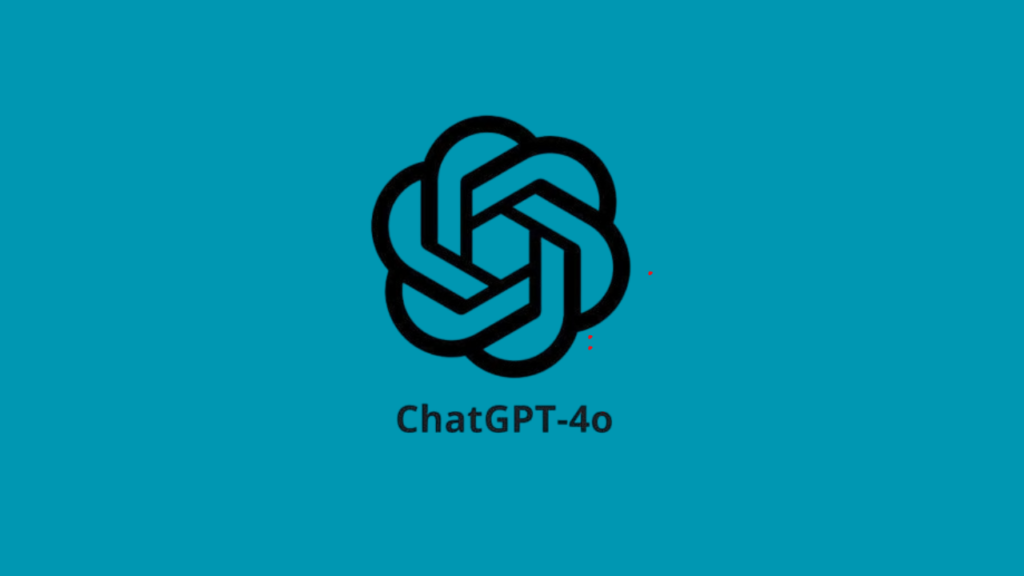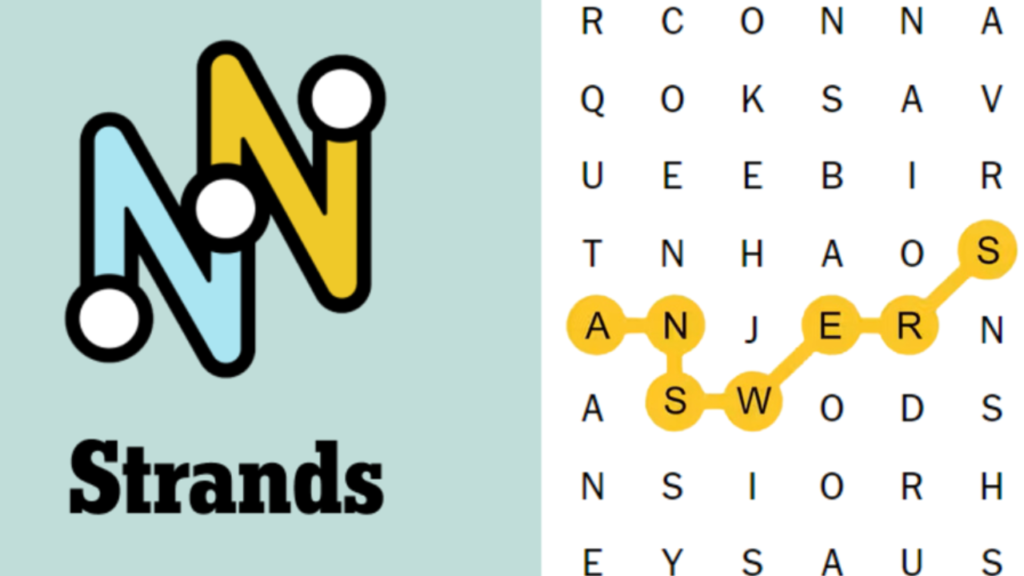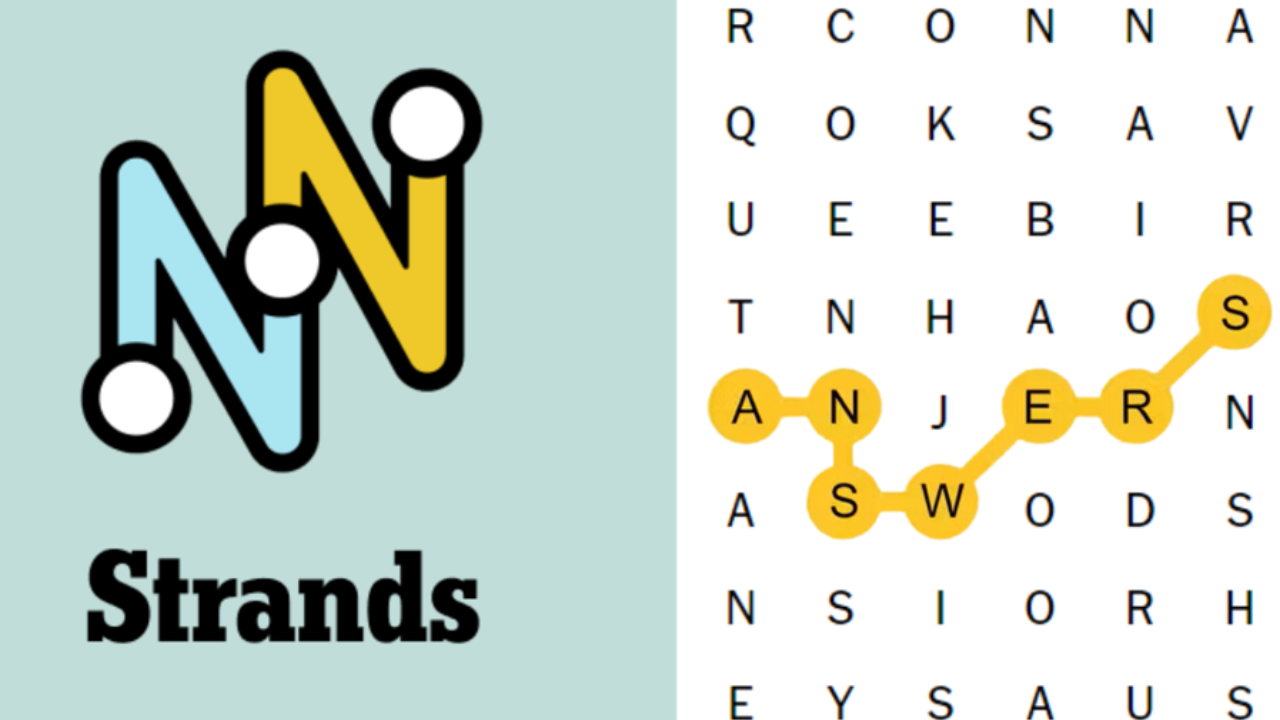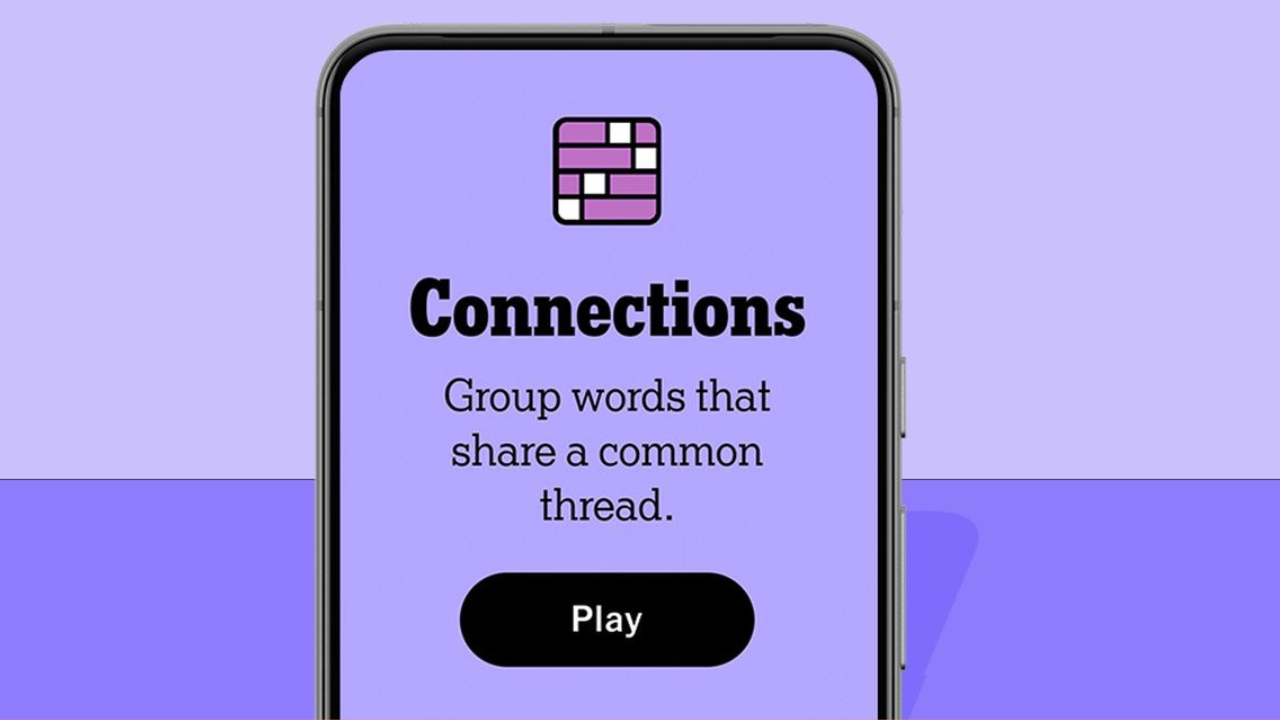With the rise of AI tools like ChatGPT, educators face increasing challenges as students might use these technologies to complete assignments dishonestly. Existing AI detection tools often lack reliability, leading to concerns about their effectiveness.
TechCrunch recently highlighted OpenAI’s subtle update to a blog post from May, revealing a developed “text watermarking method.” Despite its readiness, concerns have postponed its public release.
Watermarking
One of OpenAI’s primary methods involves embedding secret watermarks within AI-generated text. This approach has shown “highly effective” results in distinguishing AI-produced content, even resisting “localized tampering” such as paraphrasing.
Cryptographically Signed Metadata
To mitigate watermark limitations and avoid false positives, OpenAI is also exploring cryptographically signed metadata. This method ensures the authenticity of the text’s origin, making it a robust verification tool.
OpenAI is considering classifiers as an additional method. These classifiers, similar to those used in email systems for filtering spam, can categorize essays and other texts as AI-generated, providing a hidden detection layer.
While watermarking is effective against localized changes, it faces challenges with “globalized tampering.” Techniques like using translation services, rephrasing with another AI model, or inserting and removing special characters can circumvent the watermark.
Potential Impact on Non-Native English Speakers
A critical concern is the potential negative impact on non-native English speakers who benefit from AI writing tools. Overly restrictive detection methods could stigmatize their use, reducing these tools’ accessibility and usefulness in education.
The Wall Street Journal reports that although these tools are nearly ready, their imperfections and possible adverse effects have delayed their release. OpenAI aims to refine these methods to balance effective detection with minimal negative consequences.




















